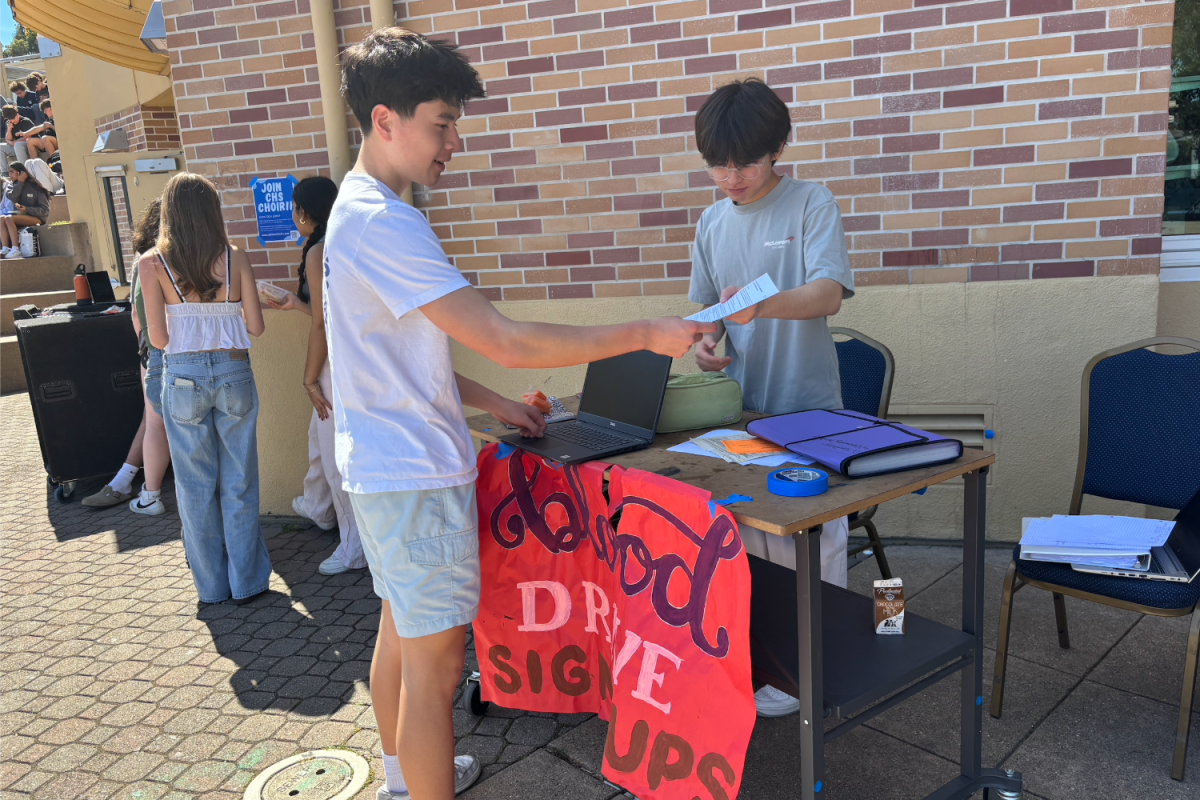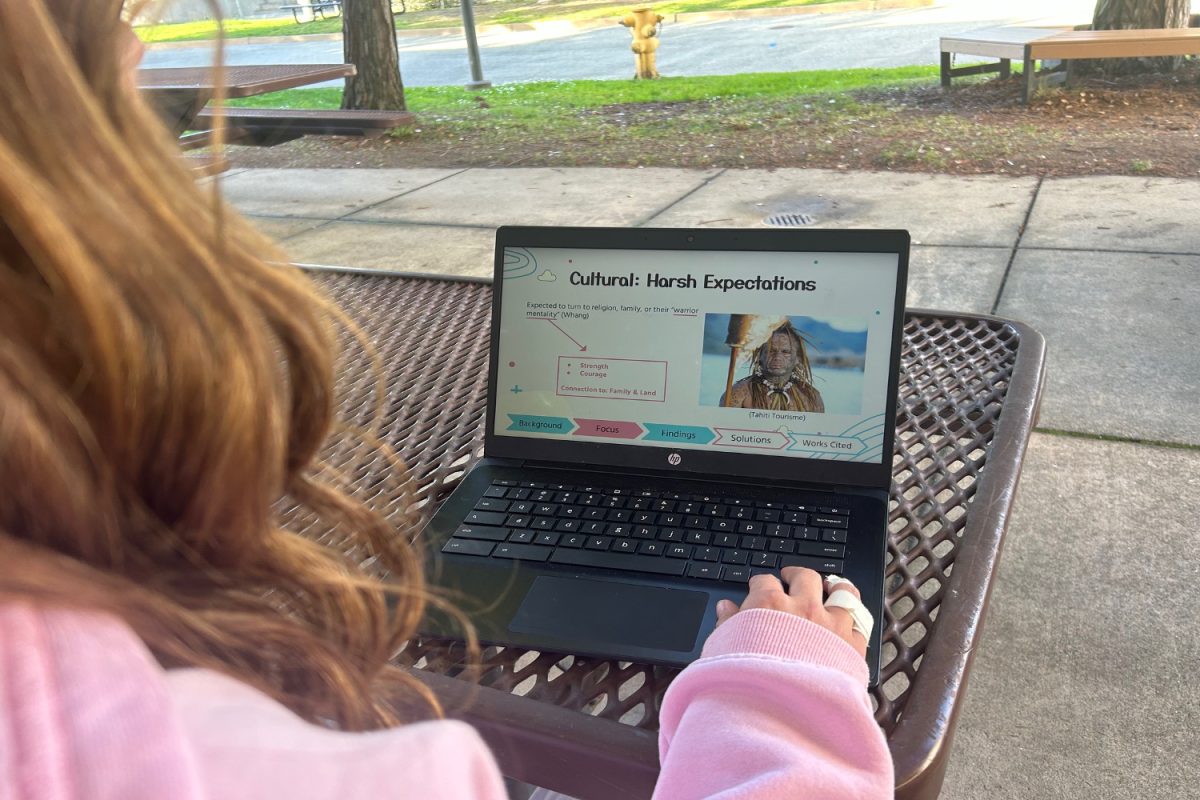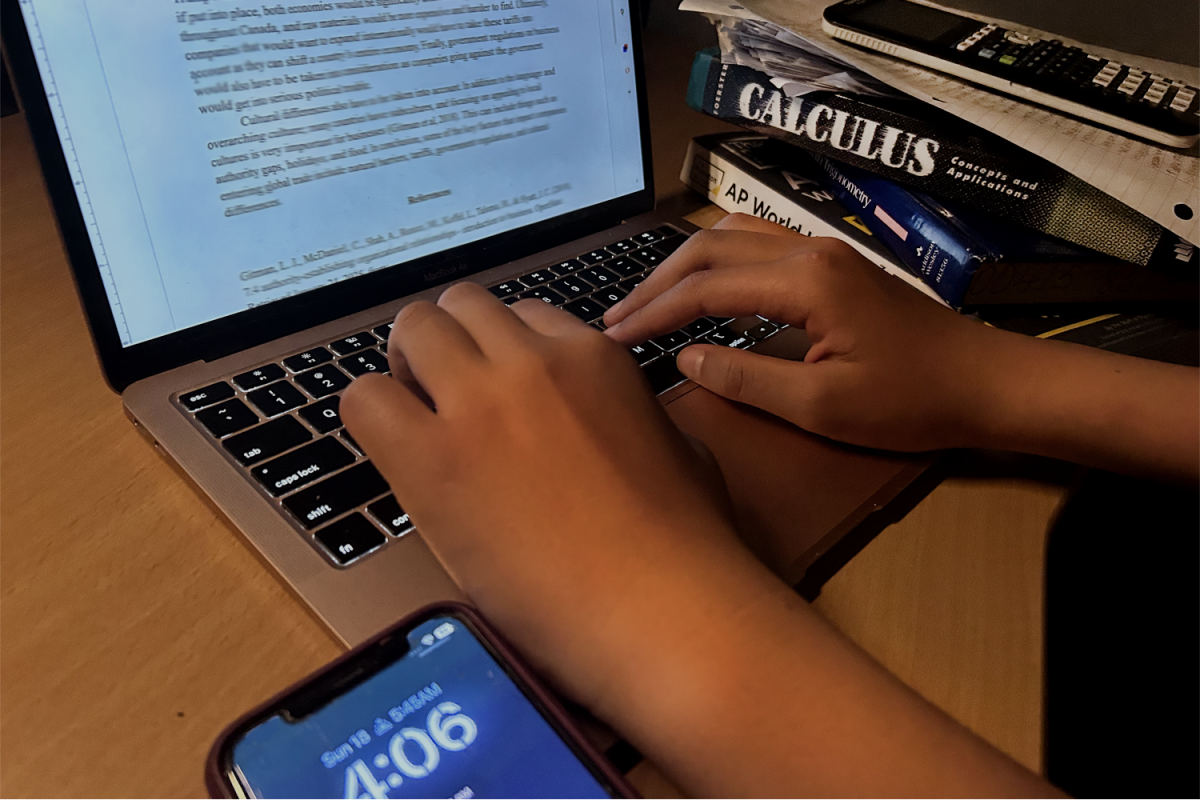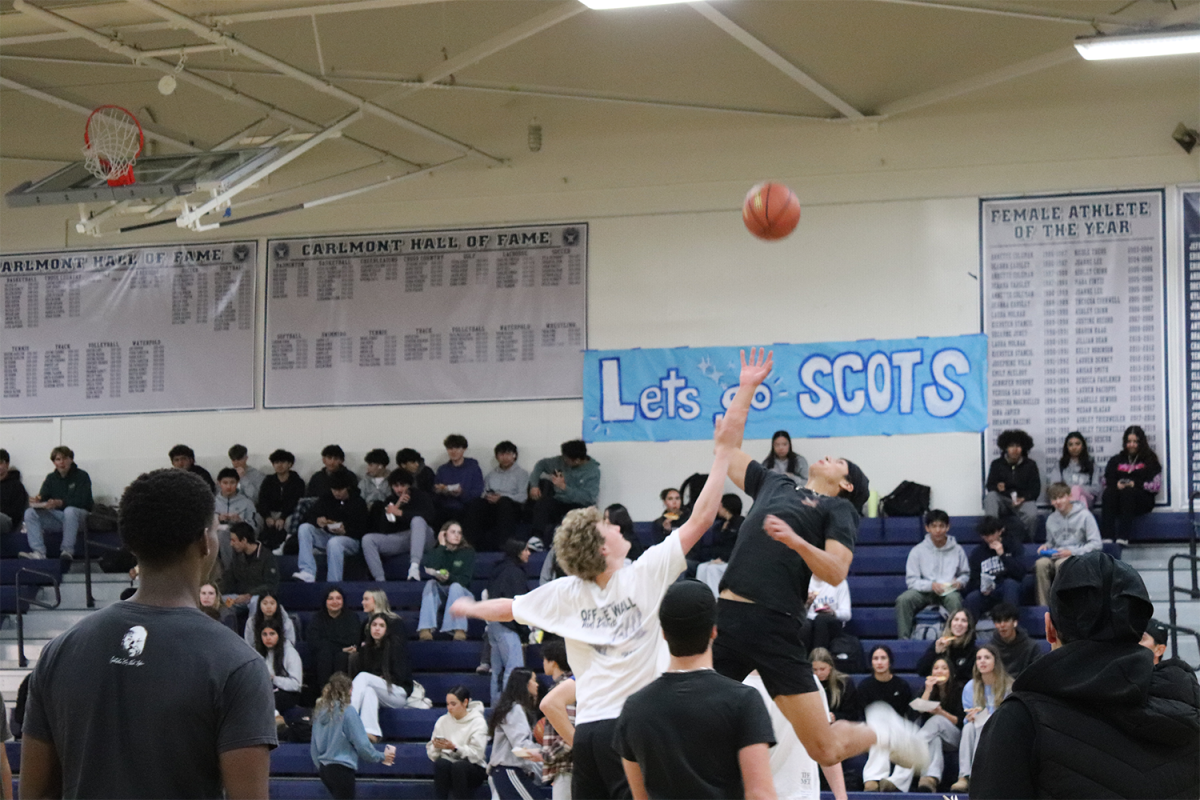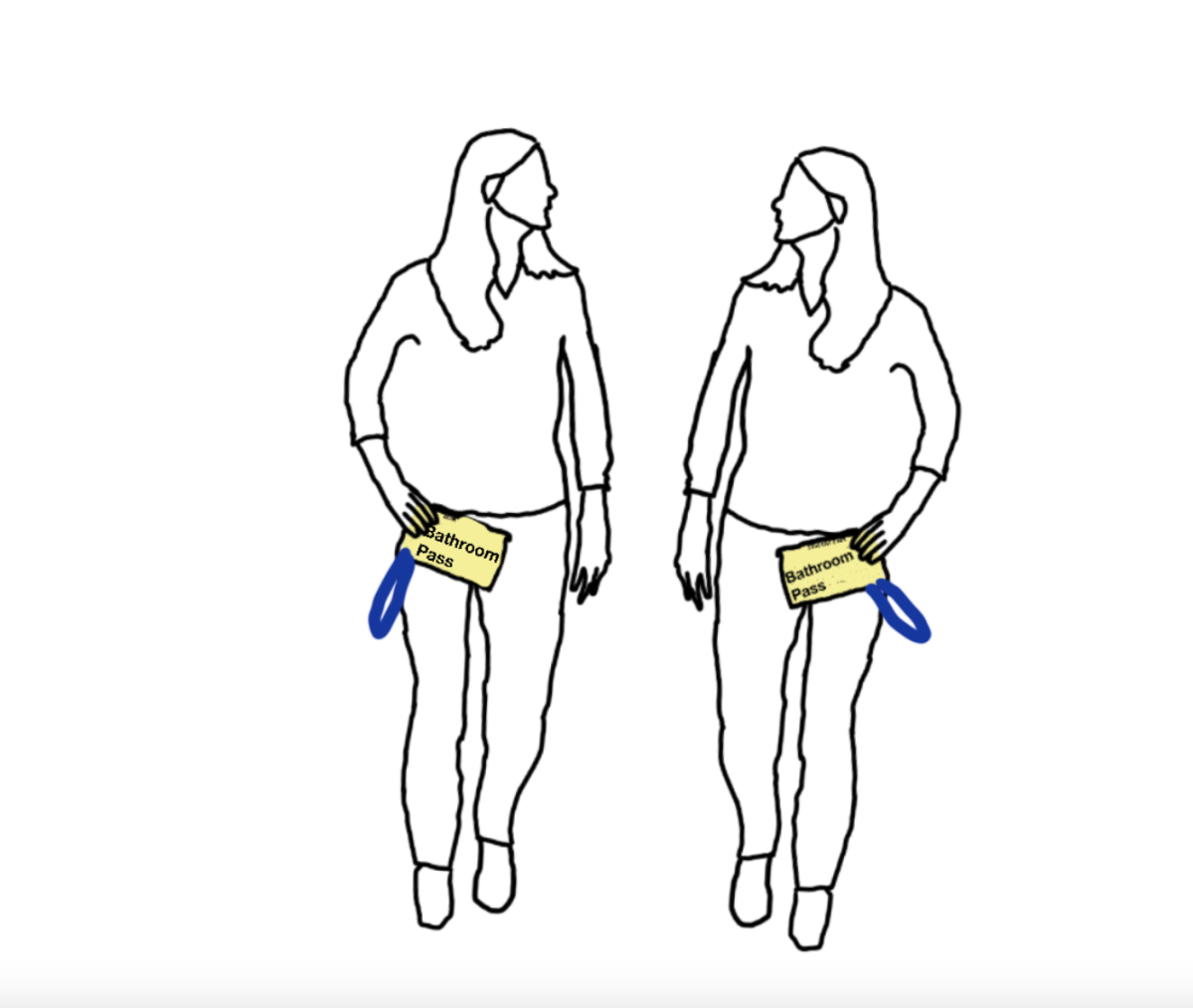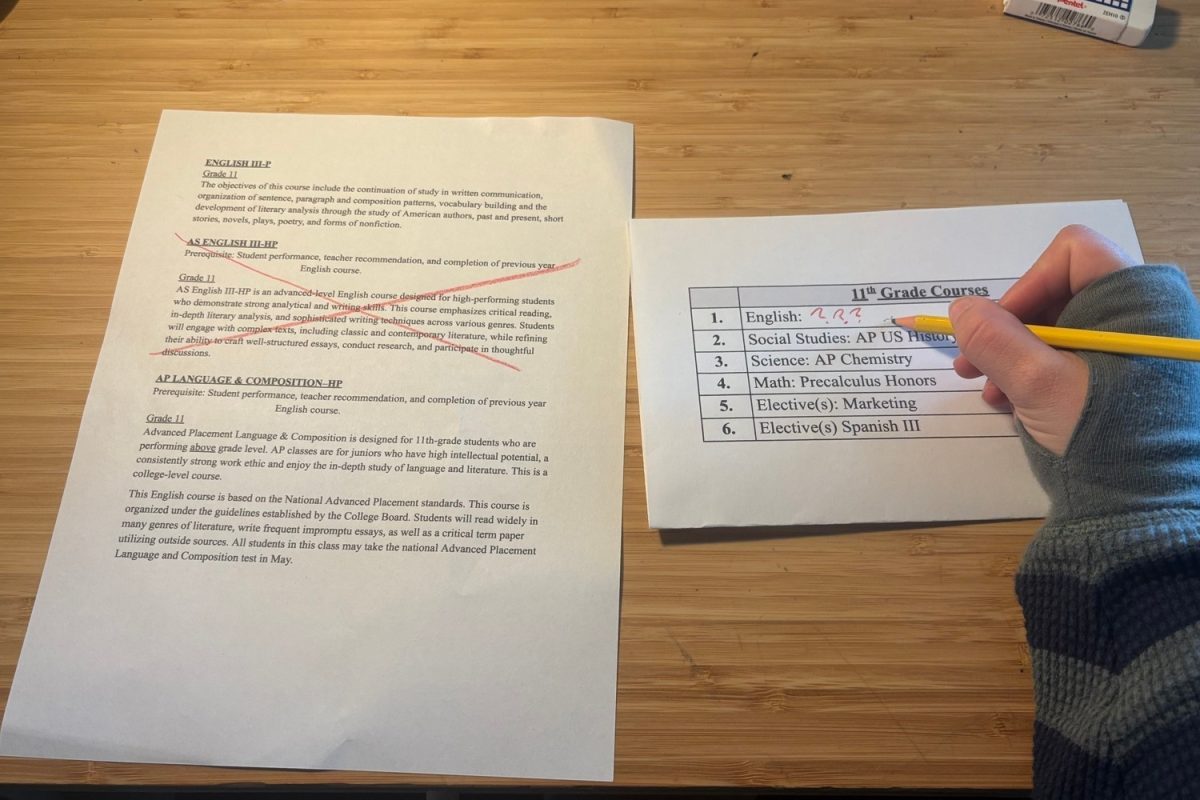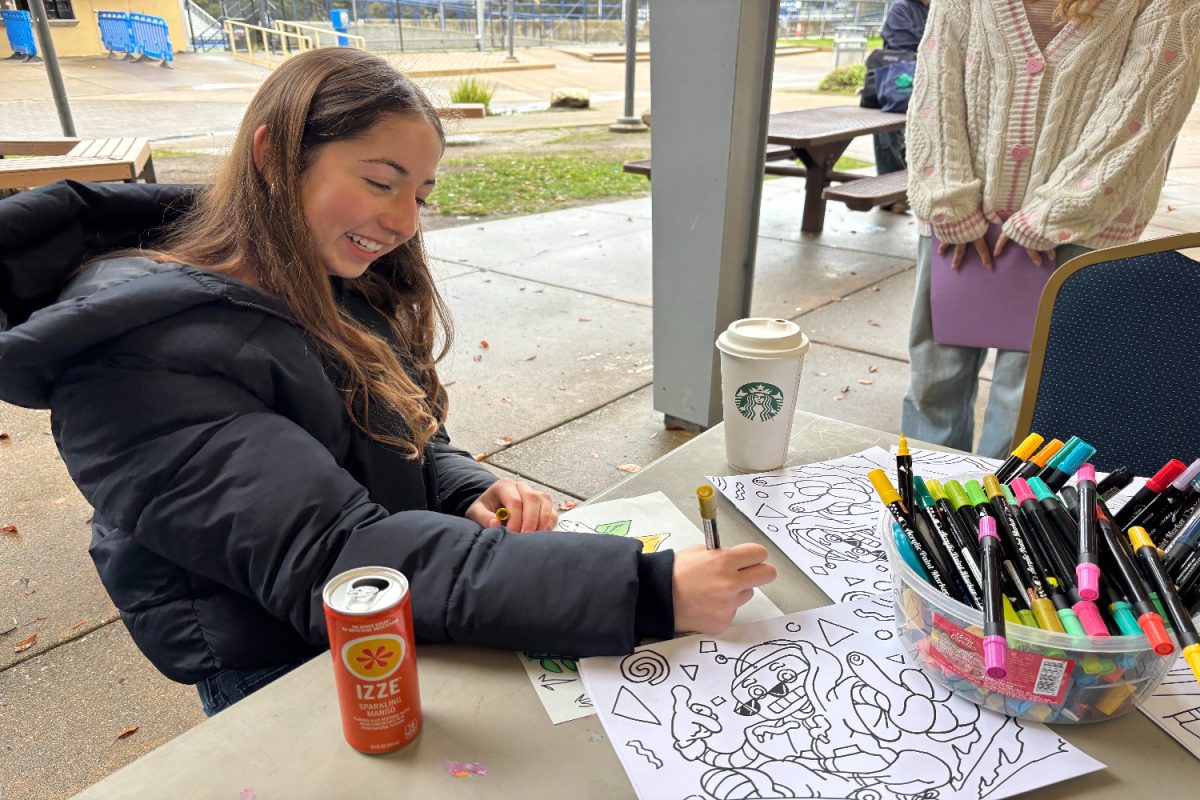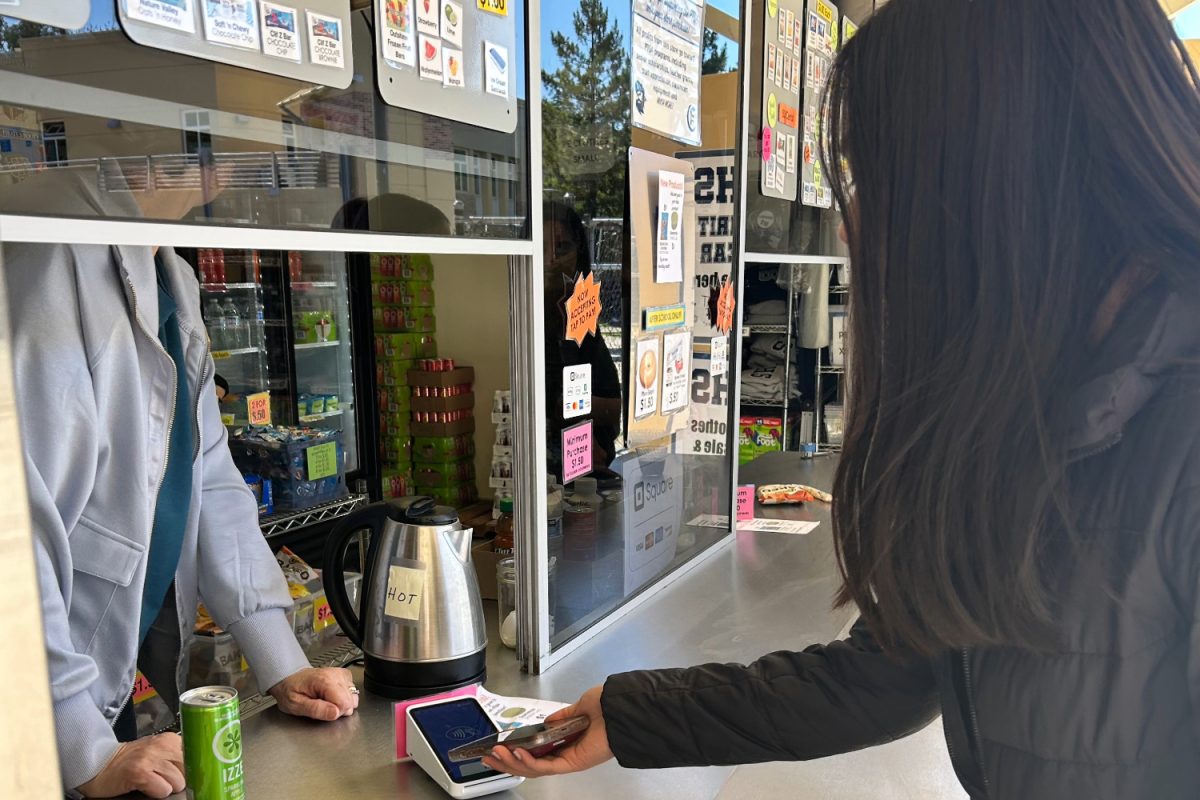The difficulty of online education has been a mixed bag, but being a special education student adds an extra wrinkle.
Each special education student has different experiences in remote learning. They each require unique resources to be effective learners; however, some resources are harder to deliver due to distance learning.
“When you’re a special education student, you have an extra hill you must rise to if you want to have the same opportunities and chances as a typical mainstream kid. It’s harder to deliver services to help those students when you’re remote,” said Richard Weigelt, a special education teacher at Carlmont.
Some special education students depend on meetings with a teacher or a case manager. Although these connections still exist, they are less accessible when remote. Online schooling has severed the crucial in-person connection between students and their teachers.
“Students need a check-in, whether it be a teacher or an assistant who will see if students need clarification or assistance. On a remote platform, there is a disconnect there,” said Elda Aghazarian, a school psychologist at Carlmont.
The one strategy to break the barrier in communication is familiarity. If teachers knew their students before distance learning, the transition to online school is more manageable. However, this process elucidates the fact that freshmen in the special education program are especially struggling. It’s been more challenging for them to create bonds with their new teachers without ever meeting them.
“I was in a lucky situation. The students I’m currently working with, I had known them all to some degree and worked with them all before distance learning,” said Bonnie Rutz-Alvarez, a physiological elementary school teacher. “It is hard to get to know someone for the first time and understand their needs.”
New learners in special education aren’t always freshmen. Students can be evaluated for learning deficiencies at any point in their schooling. Over distance learning, many families requested for a student to be evaluated. The tensions of distance learning have exposed previously concealed or ignored behavioral struggles.
“Because of COVID, we are seeing a lot more referrals for special education assessments for students,” Aghazarian said.
The increasing number of students in special education might help society better understand learning differences. Currently, there is a stigma around special education, and people avoid receiving extra resources. According to the CDC on children’s mental health, only about 59% of children ages 3-17 with anxiety took a form of treatment. Only 53% of children receive treatment for behavioral issues. Some of the reasons why people don’t seek help can be attributed to the taboo around mental health. However, quarantine appears to have pushed more families to confront the reality that their child may be struggling and need help.
Although many students have had a hard time with distance learning, there have been tangential benefits as well. Some children don’t learn well in large crowds, and working from home has allowed them to grasp schoolwork more effectively. Remote learning has fabricated the option to attend school without social anxiety.
“There are some students who get overwhelmed easily around big crowds and suffer social anxiety. Those students tend to respond better to remote learning because you don’t have to deal with crowds,” Aghazarian said, “On the flip side, there are students that have significant attentional issues, and they are not generally doing as well with the remote platform.”
Even though distance learning has taken a toll on special education students, we can learn much from these experiences. As the school year of remote learning ends, the experience online has taught us additional ways to aid special education students.
“There are students out there that need help and can do just great if they get a little bit of help,” Weigelt said.


